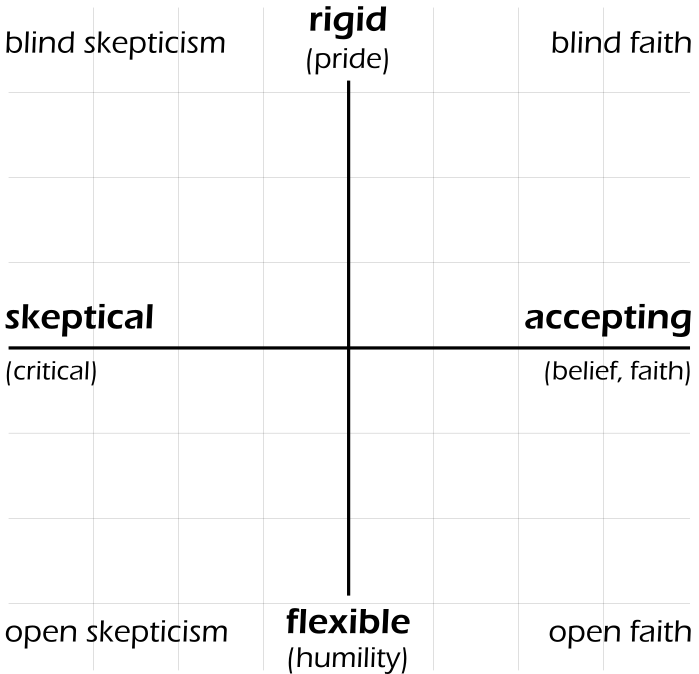In Nichiren Buddhism the most important of Buddha’s teachings is found in the Lotus Sutra.
The twelfth century Japanese Buddhist priest, Nichiren, taught that one can attain Buddhahood in this lifetime by chanting what is essentially the title of the Lotus Sutra, “Nam-myoho-renge-kyo.”

The qualifier Nichiren gives that activates the power of Nam-myoho-renge-kyo is “deep faith.”:
“If you chant Myoho-renge-kyo with deep faith in this principle, you are certain to attain Buddhahood in this lifetime.”
(Writings of Nichiren Daishonin, Volume 1, page 4. Hereafter abbreviated “WND-1, page number.”)
What Does It Mean to Have “Deep Faith”?
To answer this question, and to avoid imposing ideas from my own culture and background, I sought to understand faith from the Buddhist point of view by turning to the Lotus Sutra. From my research I was able to identify this following definition based on a study of “faith” as found in the Lotus Sutra:
Faith is something that needs to be developed and cultivated1. It causes one to change direction.2 It is a principle of power.3 Failure to have faith is destructive,4 meaning that faith is a constructive force. The overbearing and arrogant ones lacked it.5 Doubt and perplexity are its opposite.6 It was through “faith alone”7 that Shariputra was able to gain entrance. Being able to comply with the sutra was because of faith in the Buddha’s words, not because of “any wisdom of their own”.8
- “Persons will be able to develop minds of faith, abruptly changing their direction.” (The Lotus Sutra and Its Opening and Closing Sutras, p.27. Hereafter abbreviated “LSOC, page number.”) ↩︎
- Ibid. ↩︎
- “Among the other kinds of living beings there are none who can comprehend it, except the many bodhisattvas who are firm in the power of faith. (LSOC, 58)
“These people will possess the power of great faith, the power of aspiration, the power of good roots.” (LSOC, 204)
“If the thus come one knows that the time has come to enter nirvana, and knows that the members of the assembly are pure and clean, firm in faith and understanding…” (LSOC, 173)
“Shariputra, you should know that the words of the various buddhas never differ. Toward the Law preached by the buddhas you must cultivate a great power of faith.” (LSOC, 59)
From these above passages we learn that faith is a principle of power. It requires firmness and is associated with understanding. ↩︎ - “If a person fails to have faith but instead slanders this sutra, immediately he will destroy all the seeds for becoming a buddha in any world.” (LSOC, 110) ↩︎
- “There are monks and nuns who behave with overbearing arrogance, laymen full of self-esteem, laywomen who are lacking in faith.” (LSOC, 67) ↩︎
- “When the buddha preached this sutra, the sixteen bodhisattva shramaneras all took faith in it and accepted it, and among the multitude of voice-hearers there were also those who believed in it and understood it. But the other thousand ten thousand million types of living beings all gave way to doubt and perplexity.” (LSOC, 171) ↩︎
- From the Simile and Parable (chapter three) we learn from the Buddha’s words to Shariputra:
“Even you, Shariputra, in the case of this sutra were able to gain entrance through faith alone. How much more so, then, the other voice-hearers. Those other voice-hearers—it is because they have faith in the Buddha’s words that they can comply with this sutra, not because of any wisdom of their own.” (LSOC, 109-10)
Nichiren explains this passage:
“This passage is saying that even Shāriputra, who was known for his great wisdom, was, with respect to the Lotus Sutra, able to gain entrance through faith and not through the power of his wisdom. How much more so, therefore, does this hold true with the other voice-hearers!” (WND-1, 132) ↩︎ - Ibid. ↩︎
